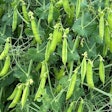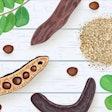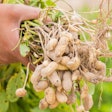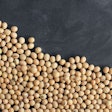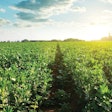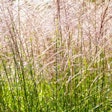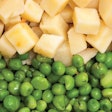Sugar beets (Beta vulgaris var. altissima) are grown around the globe and are a valuable option in modern crop rotation strategies. Last year, US farmers harvested 29.9 million tons of sugar beets on 1.3 million acres. Over the past 10 years, sugar beets accounted for more than 53% of US sugar production.
Beet pulp
Sugar beets (Beta vulgaris var. altissima) are grown around the globe and are a valuable option in modern crop rotation strategies. Last year, US farmers harvested 29.9 million tons of sugar beets on 1.3 million acres. Over the past 10 years, sugar beets accounted for more than 53% of US sugar production.


